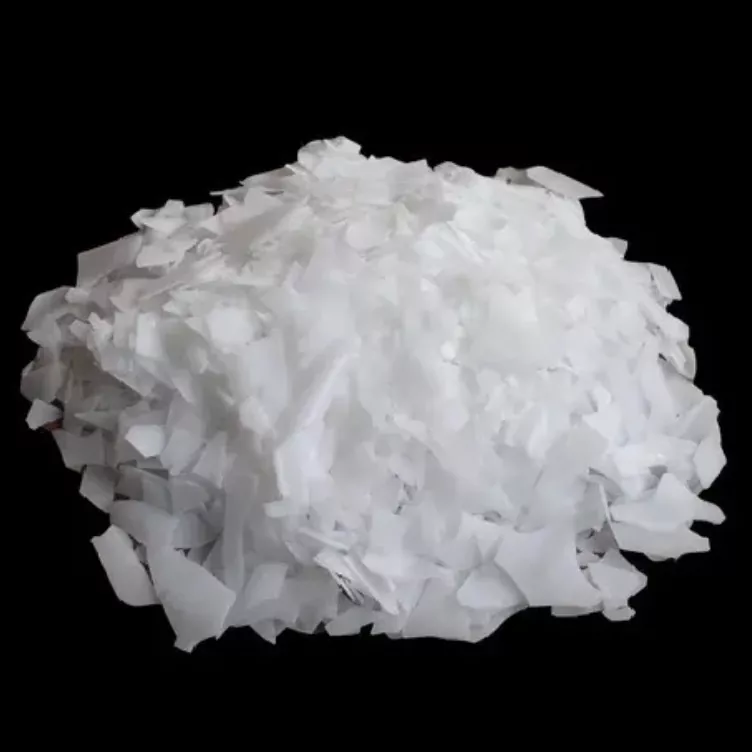What Effects will the Addition of PE Wax Have on the Performance of PVC Materials?
2025-06-16
Overview as follow:
After PE wax is added to PVC materials, the impact on performance is mainly reflected in the following aspects. Reasonable use can optimize process ability, but the amount must be controlled to avoid negative effects:

Positive effects
1. Improve processing fluidity
As an internal and external lubricant, it reduces the friction between PVC molecular chains and between the melt and the equipment, reduces processing torque, and avoids PVC decomposition due to frictional heat. It is especially suitable for high-temperature processing scenarios (such as extrusion and injection molding).
Promote uniform palatalization of materials, reduce melt fracture and surface roughness, and improve processing efficiency.
2. Improve product surface quality
Improve product surface finish and friction resistance, such as smoother surfaces of pipes and plates, and less scratches on film products.
3. Adjust melt properties
Appropriately reduce melt viscosity, improve the divisibility of fillers (such as calcium carbonate), and avoid the decline in mechanical properties due to filler agglomeration.
Negative effects (excessive or improper use)
1. Decreased mechanical properties
Excessive addition will weaken the force between PVC molecular chains, resulting in a slight decrease in tensile strength and impact strength (usually the effect is small when the dosage is controlled at 0.5%~2%).
2.Impaired thermal stability
PE wax itself has general thermal stability. If the dosage is too much, it may indirectly accelerate the thermal decomposition of PVC during processing, and it needs to be used with stabilizers (such as calcium zinc stabilizers).
3. Abnormal product performance
It may cause the softening point of the product to decrease, or "frosting" (wax precipitates to the surface), stratification and other problems to occur, affecting the appearance and performance.
Key recommendations
• Dosage control: According to the PVC formula (such as hard/soft) and processing technology, the recommended dosage is usually 0.5%~2%, and the optimal addition amount needs to be determined through experiments.
• Combined additives: Reasonably match with additives such as heat stabilizers and elasticizes to balance lubrication effect and performance stability.






